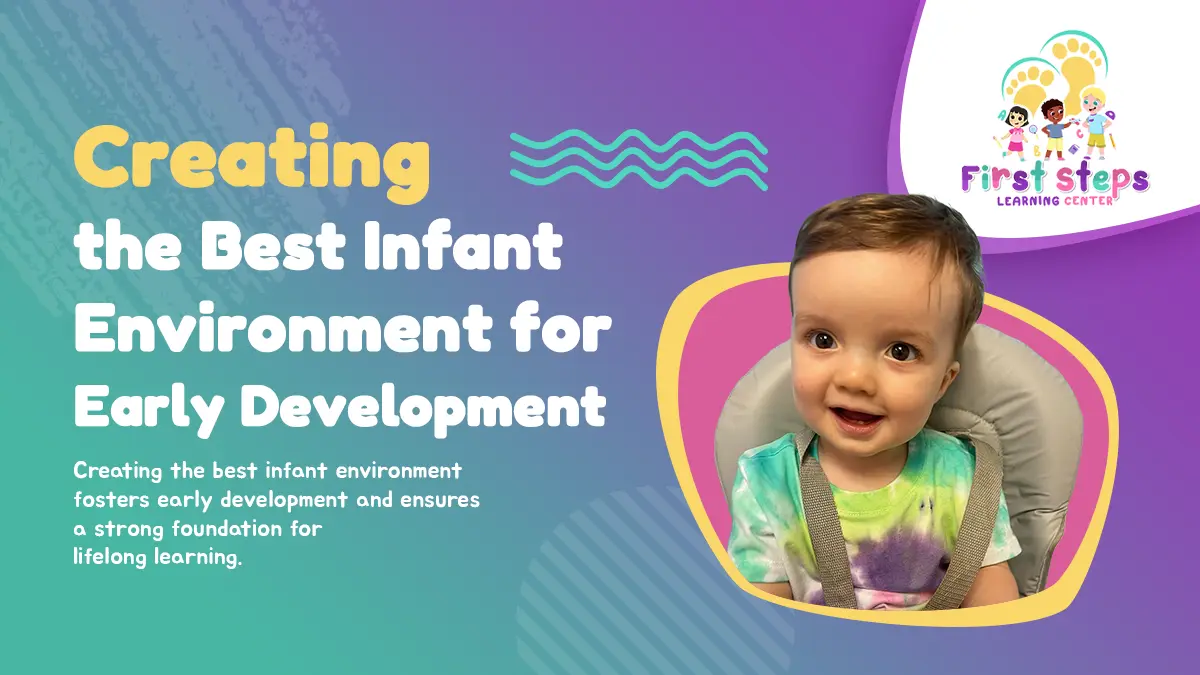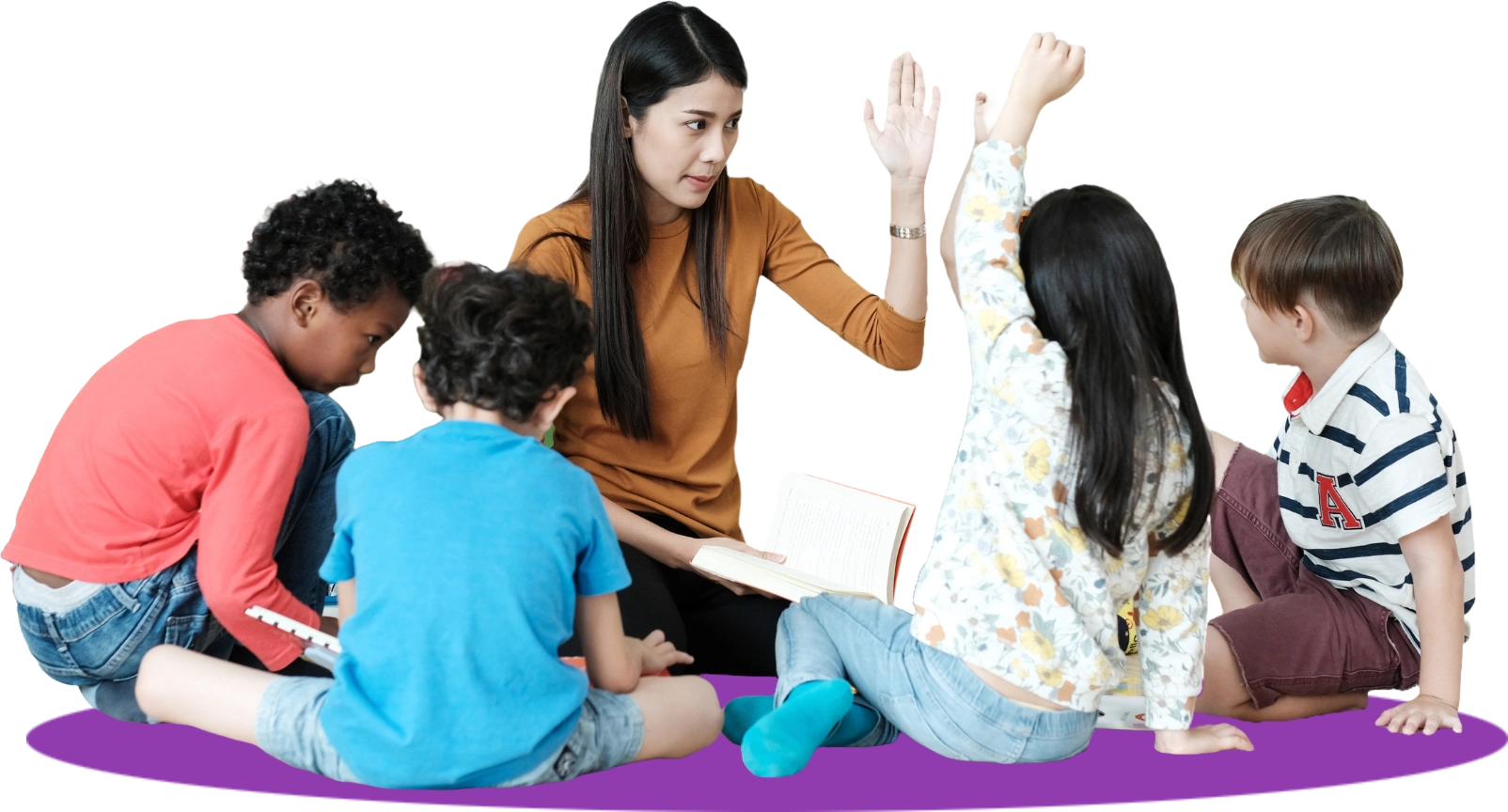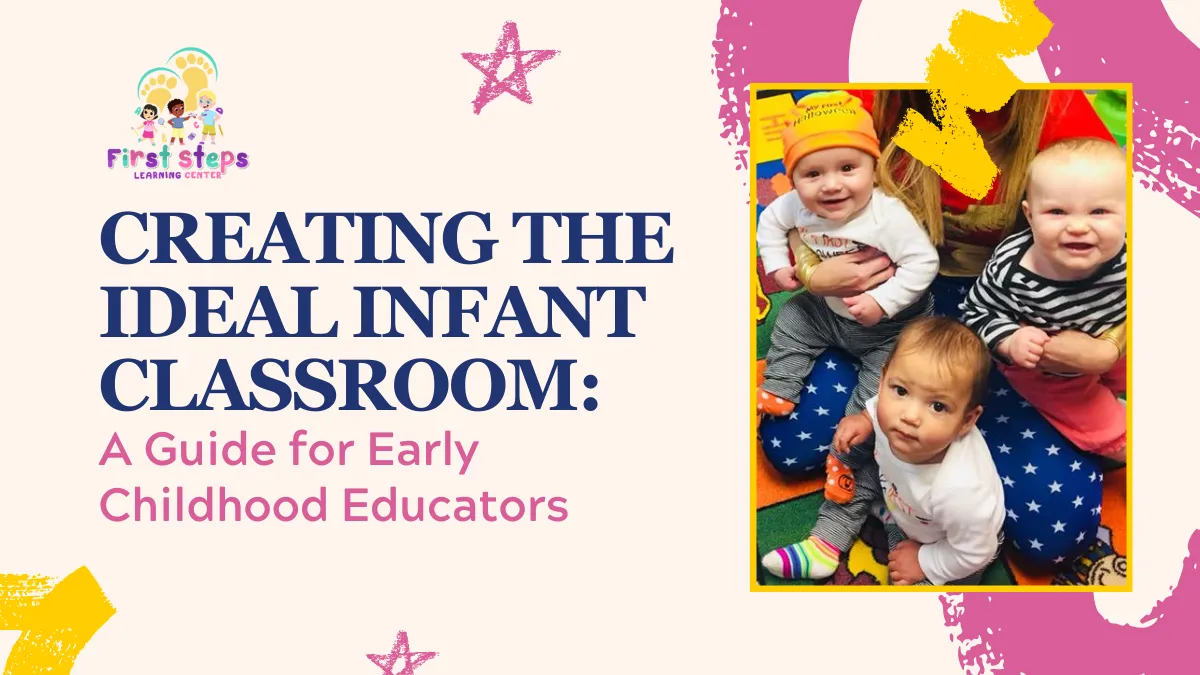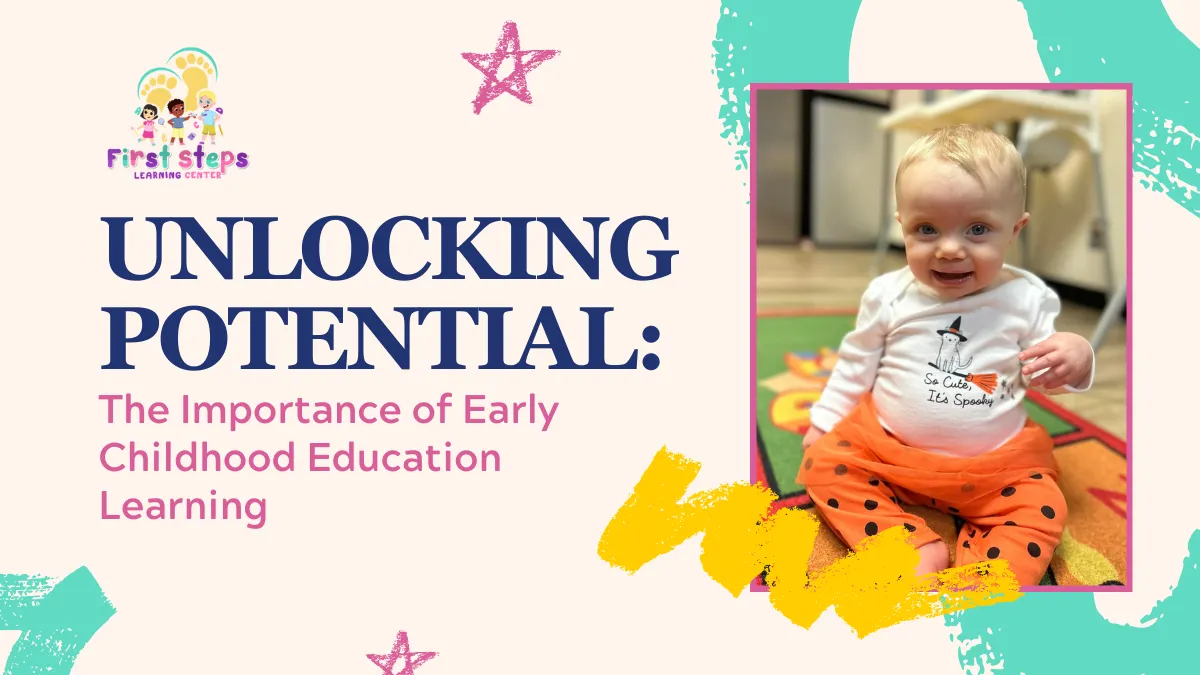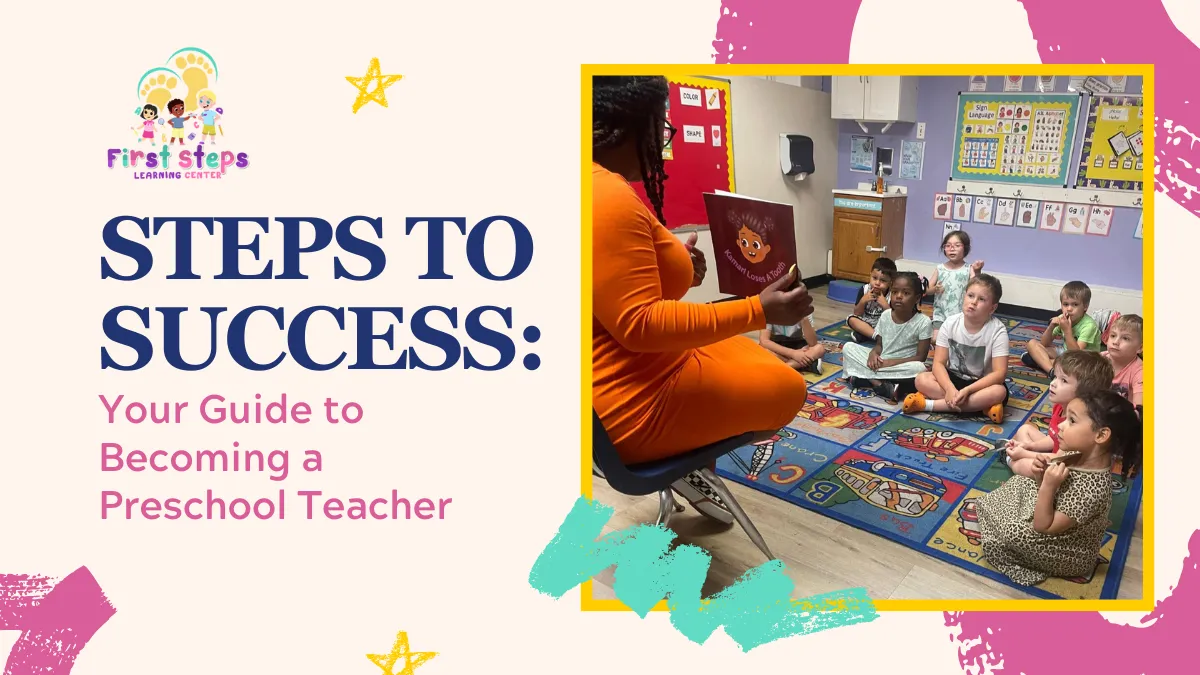Creating the best infant environment fosters early development and ensures a strong foundation for lifelong learning. From the moment babies enter the world, their surroundings play a crucial role in formatting their cognitive, emotional, and physical growth. A warm, nurturing space filled with sensory-rich experiences helps infants explore, build trust, and develop key skills at their own pace.
Thoughtfully designed environments, with soft lighting, soothing sounds, and engaging activities, create a home-like atmosphere where little ones feel safe and supported. Every detail—from how caregivers interact to the materials within reach—contributes to a child’s early learning journey. By prioritizing comfort, security, and stimulation, parents and educators can ensure that infants thrive in an environment that nurtures curiosity, encourages exploration, and supports their developmental milestones.
Designing an Engaging Infant Classroom
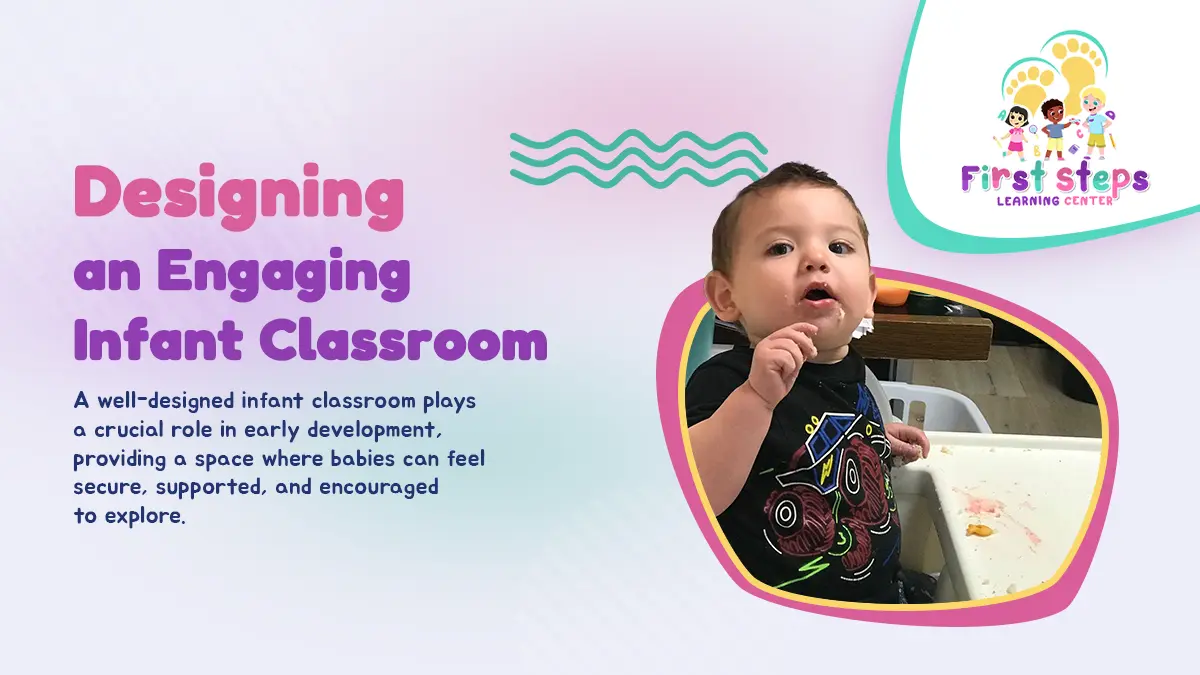
A well-designed infant classroom plays a crucial role in early development, providing a space where babies can feel secure, supported, and encouraged to explore. The right environment fosters sensory experiences, cognitive growth, and emotional security, laying the foundation for lifelong learning. Thoughtful classroom design ensures infants can engage with their surroundings while receiving the care and attention they need.
Safe and Comfortable Spaces
An infant classroom should be designed with safety and comfort in mind, ensuring little ones can move freely without hazards. A secure environment helps infants build confidence as they explore their world.
- Soft Flooring: Padded mats and carpets create a cushioned surface for crawling and tummy time.
- Secure Furniture: Low shelves and rounded edges prevent injuries while allowing independent exploration.
- Clean and Hygienic Areas: Regular sanitization of surfaces, toys, and play spaces minimizes germs and keeps infants healthy.
- Comfortable Temperature: A well-regulated indoor climate ensures infants remain cozy and content throughout the day.
By incorporating these safety features, an infant classroom provides a reassuring space where babies can develop their mobility and sensory skills without risk.
Sensory-Rich Environment
Infants learn about the world through their senses, so a stimulating yet soothing environment enhances their ability to process new experiences. Incorporating sensory-rich elements in a balanced way prevents overstimulation while encouraging curiosity.
- Gentle Lighting: Soft, natural, or dimmable fixtures create a calming atmosphere.
- Soothing Sounds: White noise, lullabies, and nature sounds promote relaxation and sleep.
- Tactile Exploration: Various textures like plush fabrics, wooden toys, and sensory mats support fine motor development.
- Engaging Visuals: High-contrast patterns, mirrors, and colorful decor encourage early visual recognition.
A well-balanced sensory environment helps infants feel secure while engaging their developing senses meaningfully.
Interactive Play Areas
An engaging classroom includes designated areas where infants can explore movement, social interaction, and early problem-solving. These play areas support both physical and cognitive development in a fun and structured way.
- Tummy Time Zones: Soft, cushioned mats provide a safe space for building strength and coordination.
- Movement-Based Play: Rolling balls, push toys, and gentle climbing structures promote gross motor skills.
- Cause-and-effect Toys: Rattles, activity cubes, and stacking rings teach infants about actions and responses.
- Cozy Reading Nook: Soft seating with sturdy board books introduces early literacy and social engagement.
By incorporating diverse play spaces, caregivers create an environment that nurtures infants’ curiosity and helps them reach essential developmental milestones.
The Role of Infant Educational Activities in Growth

Engaging in infant educational activities is key in shaping a child’s cognitive, emotional, and physical development from the beginning. These activities help infants explore their surroundings, build connections, and develop essential skills naturally and engagingly. By incorporating meaningful learning experiences, caregivers and educators can provide infants with the foundation they need for future growth.
Language Development Through Interaction
Infants begin absorbing language long before they speak their first words. By surrounding them with communication-rich experiences, caregivers help build strong language foundations that support later speech and comprehension.
- Talking Throughout the Day: Simple conversations about daily activities expose infants to new words and sounds.
- Singing Songs and Rhymes: Repetitive tunes enhance memory, rhythm, and early language recognition.
- Reading Board Books: Colorful pages and engaging stories introduce infants to new vocabulary.
- Responding to Infant Cues: Engaging in back-and-forth interactions encourages early communication skills.
These daily interactions provide a language-rich environment where infants can develop listening skills, recognize patterns, and eventually begin mimicking sounds and words.
Motor Skill Activities for Physical Growth
Physical development is crucial to early learning, and structured activities help infants build strength, coordination, and body awareness. Encouraging movement in a safe setting allows infants to develop gross and fine motor skills.
- Tummy Time Exercises: Strengthens neck, shoulder, and core muscles needed for crawling.
- Grasping and Reaching Games: Encourages hand-eye coordination and finger dexterity.
- Rolling and Crawling Play: Supports full-body movement and physical exploration.
- Stacking and Sorting Toys: Improves hand control and early problem-solving skills.
By incorporating these activities daily, infants gain confidence in their ability to move, interact, and explore their environment while developing essential motor abilities.
Cognitive Stimulation Through Play
Infants are naturally curious, and early educational experiences should encourage their sense of wonder. Simple, hands-on activities introduce them to concepts like cause and effect, object permanence, and basic problem-solving.
- Cause-and-effect Toys: Buttons, levers, and pop-up toys teach infants how actions create reactions.
- Peekaboo and Hiding Games: Helps infants understand object permanence and memory development.
- Exploring Different Textures: Sensory bins with soft, rough, and bumpy materials promote cognitive awareness.
- Simple Puzzle Play: Chunky puzzles with large pieces encourage problem-solving and spatial awareness.
Providing infants with opportunities to explore different materials and experiences supports their cognitive growth and helps them understand the world around them.
Social and Emotional Growth Through Engagement
Infants begin developing social and emotional skills from birth, and interactive activities help foster connections with caregivers and peers. A nurturing environment allows them to build trust, recognize emotions, and feel secure in their surroundings.
- Face-to-Face Interaction: Smiling, eye contact, and gentle conversations help infants develop emotional bonds.
- Mirroring and Imitation: Copying facial expressions and simple gestures teaches early social skills.
- Group Playtime: Safe, guided play with other infants fosters early social connections.
- Soothing Routines: Predictable schedules and comforting responses help infants feel safe and emotionally supported.
These activities encourage infants to develop emotional intelligence, recognize familiar faces, and form meaningful relationships early on.
How an Early Childhood Development Teacher Shapes Learning
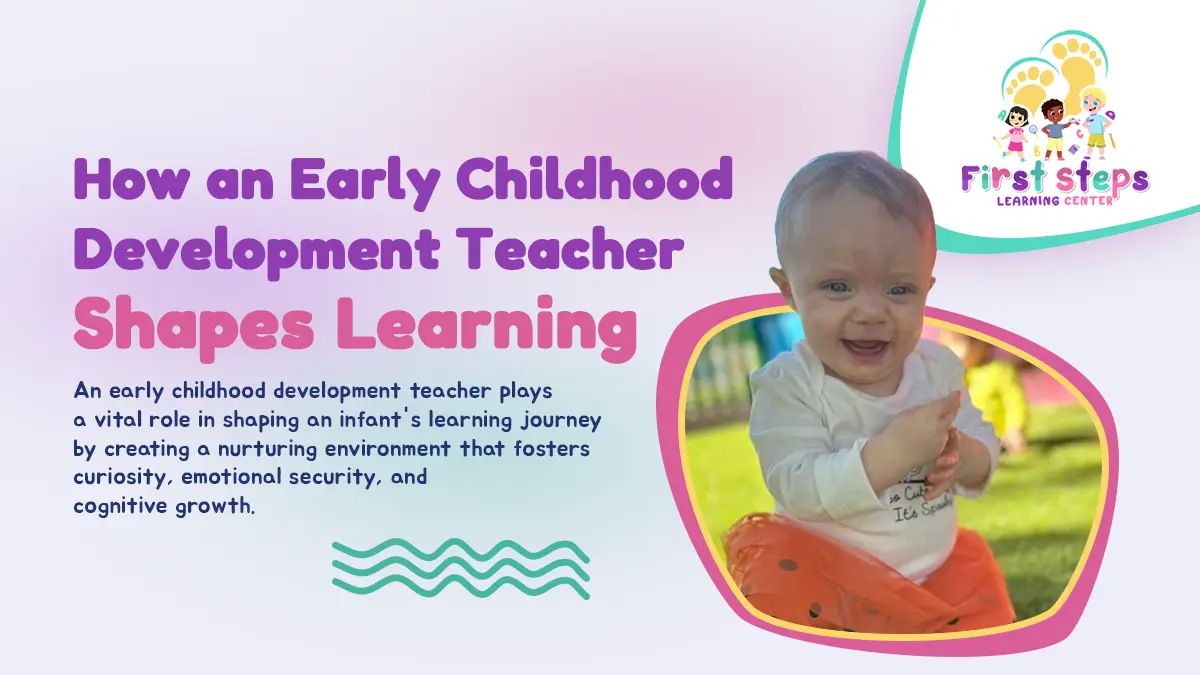
An early childhood development teacher plays a vital role in shaping an infant’s learning journey by creating a nurturing environment that fosters curiosity, emotional security, and cognitive growth. Through intentional interactions, structured activities, and responsive care, these educators help infants develop foundational skills that set the stage for lifelong learning. By understanding each child’s unique needs, an early childhood development teacher provides the support and encouragement necessary for meaningful development.
Building Emotional Connections with Infants
Emotional security is at the core of early learning, and a trusted relationship with a caregiver helps infants feel safe to explore their surroundings. Teachers play a crucial role in building these emotional bonds through consistent care and attention.
- Providing Warm and Responsive Care: Smiling, making eye contact, and engaging in gentle conversations help build trust.
- Recognizing and Responding to Cues: Understanding an infant’s cries, coos, and facial expressions fosters emotional security.
- Encouraging Comforting Rituals: Predictable routines such as rocking, soft singing, and soothing touch provide reassurance.
- Offering a Safe and Predictable Environment: A structured, calm atmosphere allows infants to feel at ease and ready to explore.
By forming strong emotional connections, early childhood development teachers create an environment where infants feel confident to engage in learning experiences.
Encouraging Social Growth and Interaction
Social development begins early, and teachers help infants learn how to engage with others by modeling interactions and guiding positive experiences. A classroom that encourages socialization provides infants with the foundation for developing relationships and communication skills.
- Introducing Gentle Peer Interaction: Supervised playtime helps infants recognize and respond to other children.
- Modeling Positive Behavior: Smiling, sharing, and showing kindness teach infants how to interact in a warm and friendly manner.
- Encouraging Verbal and Nonverbal Communication: Expressive gestures and simple words help infants engage socially.
- Providing Group Activities: Singing songs, playing interactive games, and engaging in storytelling encourage social bonding.
With the guidance of an early childhood development teacher, infants begin to develop critical social skills that prepare them for future interactions.
Stimulating Cognitive Growth Through Engaging Activities
Infants learn best through hands-on experiences, and teachers incorporate age-appropriate activities that promote cognitive development. Simple, engaging experiences help infants make connections and understand their environment.
- Exploring Cause and Effect: Toys with buttons, levers, and moving parts teach infants how actions create reactions.
- Introducing Sensory Exploration: Soft fabrics, rattles, and water play stimulate an infant’s sense of touch and discovery.
- Encouraging Object Recognition: Naming everyday objects and using picture books help infants associate words with meanings.
- Supporting Problem-Solving: Simple puzzles and shape sorters introduce early problem-solving skills.
By incorporating these cognitive activities, teachers help infants build awareness, recognize patterns, and engage in early problem-solving.
Adapting Learning to Each Infant’s Unique Development
Every infant develops at their own pace, and an early childhood development teacher tailors learning experiences to fit each child’s needs. By observing milestones and adjusting activities, teachers ensure that every infant receives personalized attention.
- Recognizing Individual Learning Styles: Some infants respond best to visual stimuli, while others engage more through touch and sound.
- Adjusting Activities to Suit Readiness: Encouraging tummy time, crawling, or standing based on an infant’s stage of development.
- Providing One-on-One Interaction: Personal attention helps infants feel valued and supported in their learning journey.
- Collaborating with Parents: Sharing progress updates and insights ensures a consistent learning experience at home and in the classroom.
Through individualized support, teachers ensure infants receive the encouragement they need to grow and thrive.
Conclusion
Creating the best infant environment isn’t just about setting up a space—it’s about fostering growth, security, and curiosity in every little moment. From designing a nurturing infant classroom to incorporating engaging infant educational activities, every detail shapes a child’s development. With the guidance of a skilled early childhood development teacher, infants receive the love, support, and stimulation they need to thrive. We build the foundation for a lifetime of learning through meaningful interactions, safe exploration, and sensory-rich experiences.
At First Steps Learning Center, we are passionate about creating the perfect environment for your little one’s growth and happiness. Ready to give your child the best start? Contact us today at 346-377-6658 or visit our contact page to learn more!

